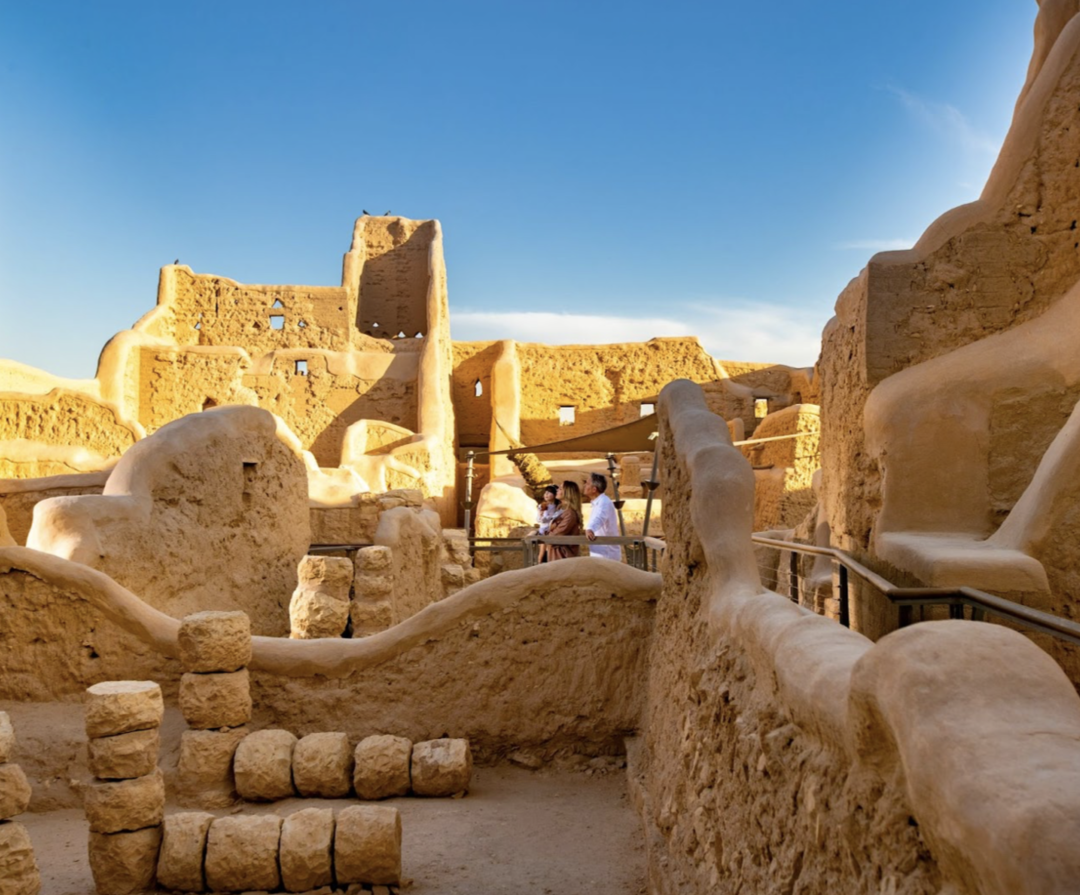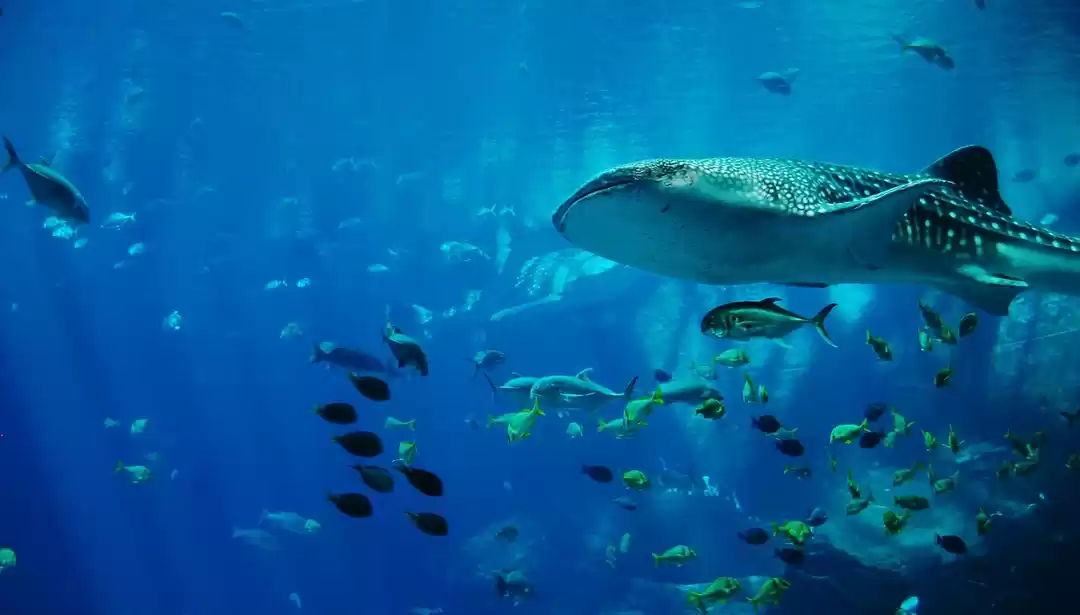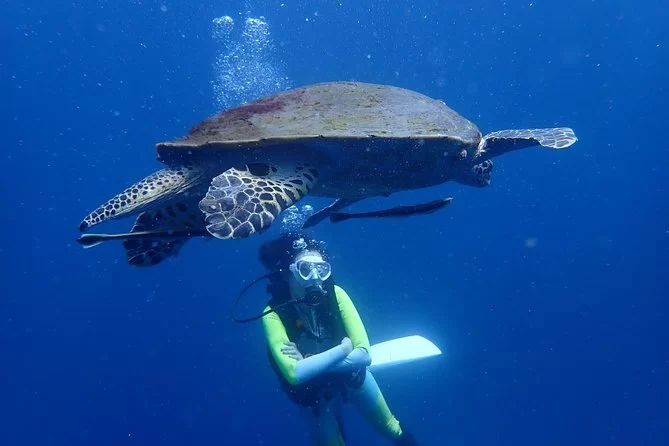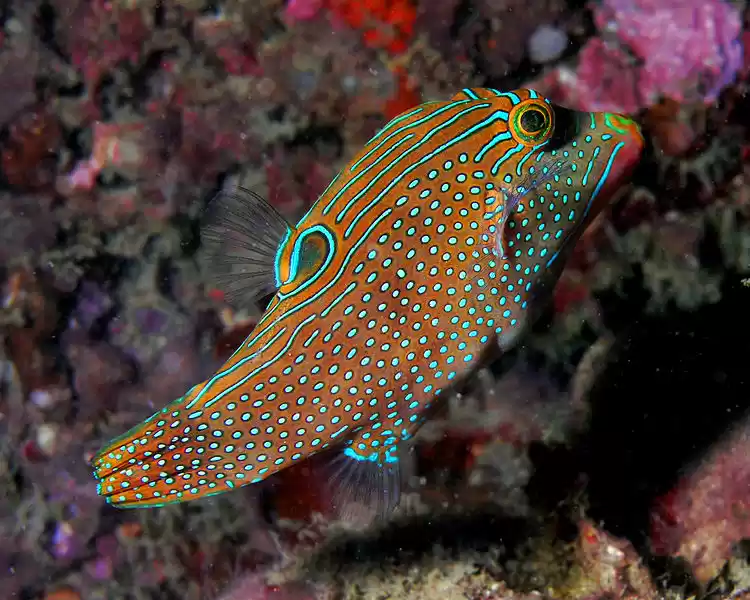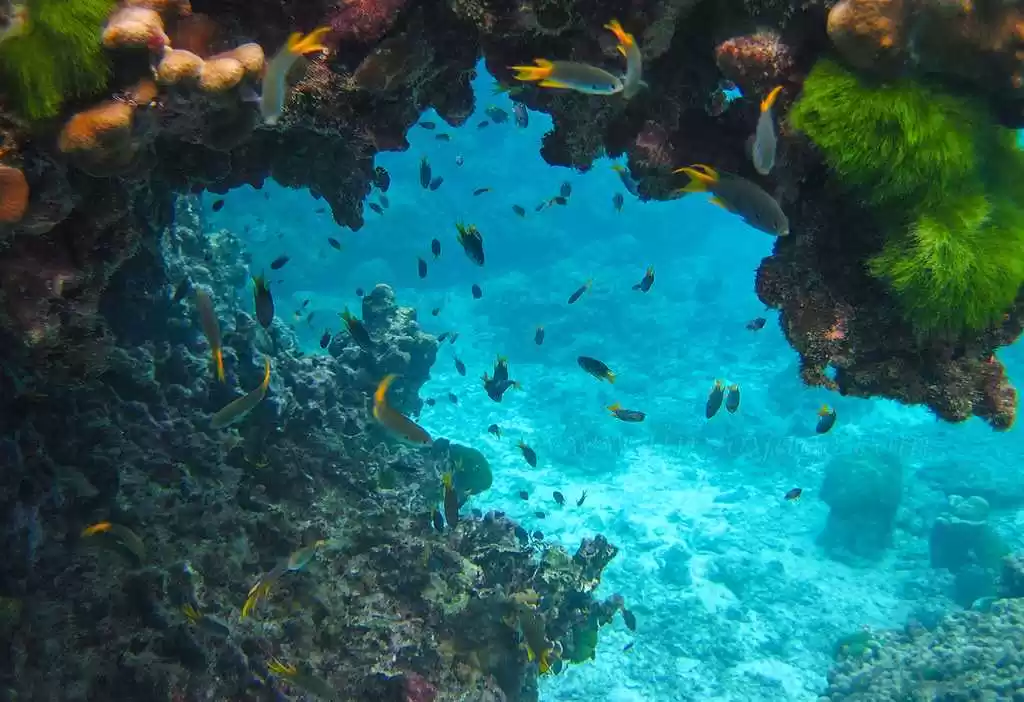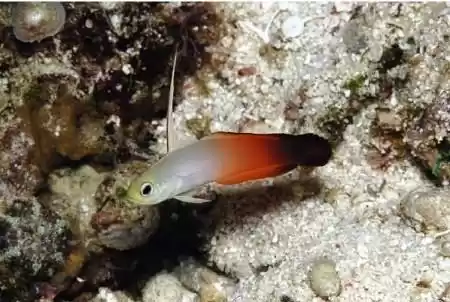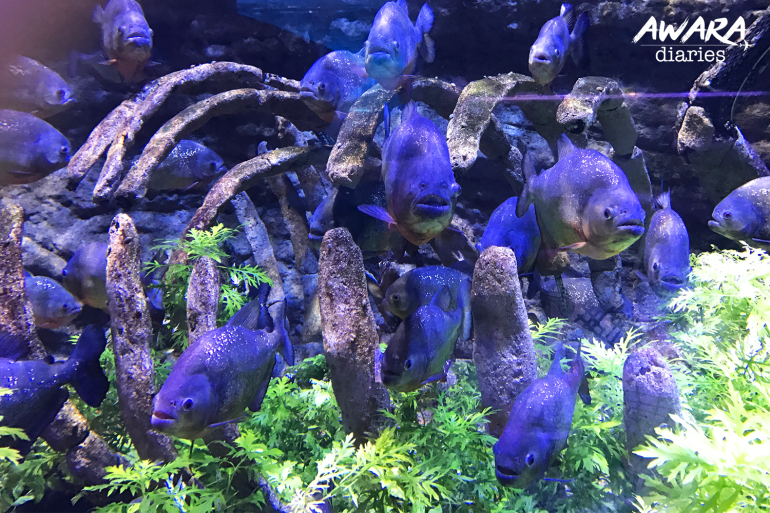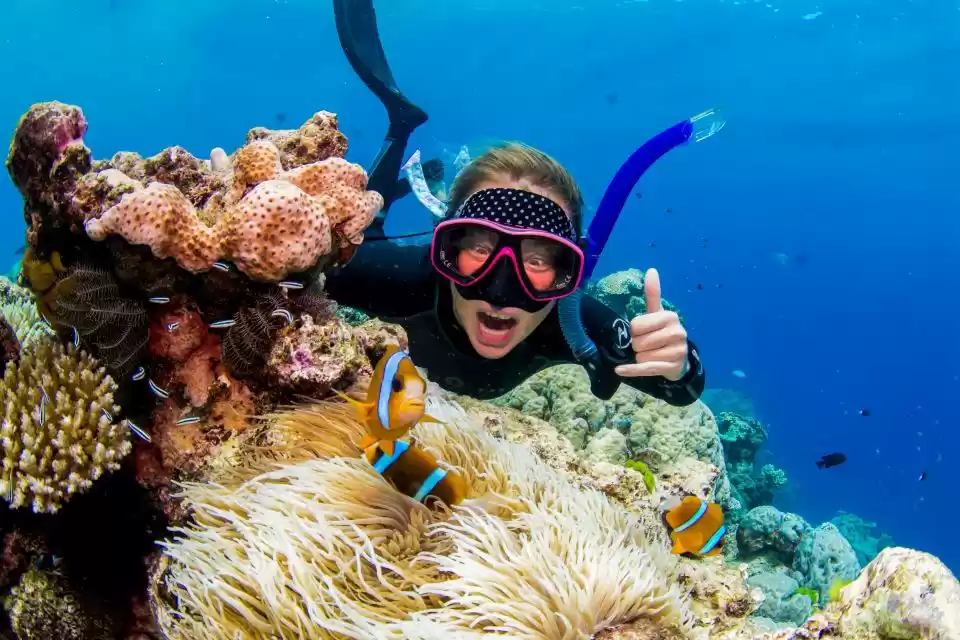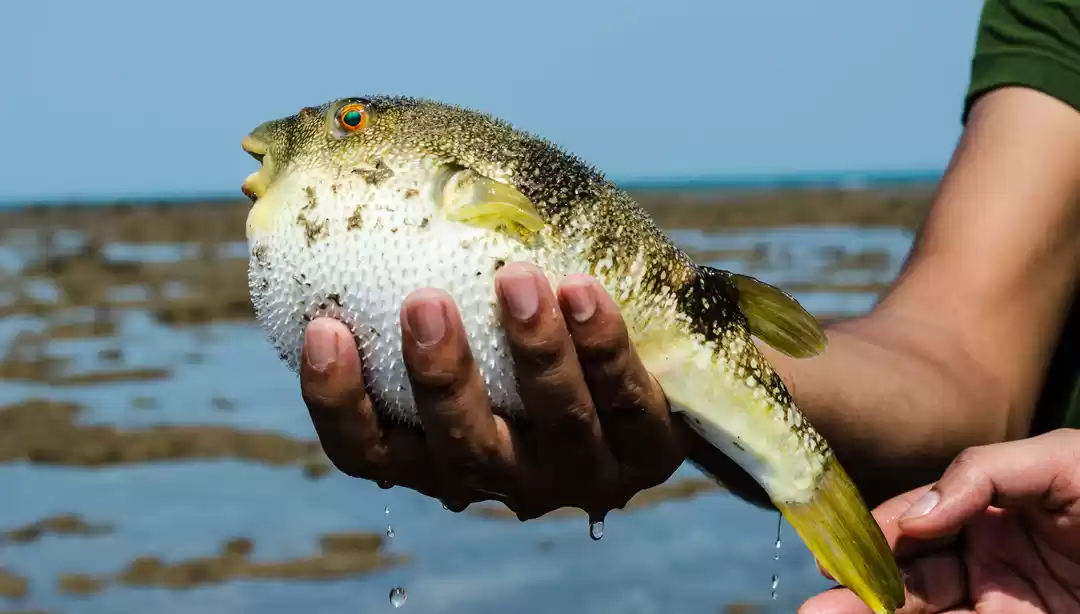
Explore Fakieh Aquarium:
Located just off Al Kurnaysh Road on Jeddah’s north corniche, Fakieh Aquarium is the first marine exhibition of its kind in Saudi Arabia, and it’s no coincidence that it finds itself within earshot of the city’s lapping Red Sea.
The sprawling tunnels and vast tanks that make up the aquarium house over 200 species and around 85 percent of them are native to Jeddah’s undisturbed coral reefs. It makes this colorful window onto the Red Sea the next best way to experience the region’s vibrant underwater ecosystem without needing to squeeze into scuba gear.
Fakieh Aquarium’s sharks and penguins:
Naturally, the sharks and penguins are its big attraction, and a stroll through the immersive acrylic tunnel casts visitors amid deep blue waters, surrounded by bulky guitarfish, zebra sharks, giant groupers, and sand tiger sharks - the only shark known to gulp and store air in its stomach to maintain buoyancy.
The aquarium opens at 10 am on weekdays, 1.30 pm on Fridays, and 1 pm on Saturdays, staying open until 11 pm. Tickets cost SAR55 (US$14.66) with free entry for those under two years old.
The Red Sea has a surface area of roughly 438,000 km² (169,100 mi²). It is about 2250 km (1398 mi) long and, at its widest point, 355 km (220.6 mi) wide. It has a maximum depth of 2211 m (7254 ft) in the central median trench, and an average depth of 490 m (1,608 ft). However, there are also extensive shallow shelves, noted for their marine life and corals. The sea is the habitat of over 1,000 invertebrate species, and 200 soft and hard corals. It is the world's northernmost tropical sea.

Some common fishes:
1. Cassiopea
2. The spotted garden eel : Size: They grow to 16 inches (40 cm) in length and have a body diameter of 0.5 inch (1.3 cm). Behavior: Spotted garden eels burrow into the sandy sea bottom to make their home. They make their body rigid by tightening their muscles and then drive their pointy tail deep into the sand.
3. Sand tiger shark: The sand tiger shark (Carcharias taurus), gray nurse shark, spotted ragged-tooth shark or blue-nurse sand tiger, is a species of shark that inhabits subtropical and temperate waters worldwide. It inhabits the continental shelf, from sandy shorelines (hence the name sand tiger shark) and submerged reefs to a depth of around 191 m (627 ft).[2] They dwell in the waters of Japan, Australia, South Africa, and the east coasts of North and South America. The sand tiger shark also inhabited the Mediterranean, however it was last seen there in 2003 and is presumed extinct in the region. Despite its common names, it is not closely related to either the tiger shark (Galeocerdo cuvier) or the nurse shark.
4. Giant grouper
5.Zebra shark
6.Heteractis magnifica:Heteractis magnifica, also known by the common names magnificent sea anemone or Ritteri anemone, is a species of sea anemone belonging to the Stichodactylidae family native to the Indo-Pacific area.









